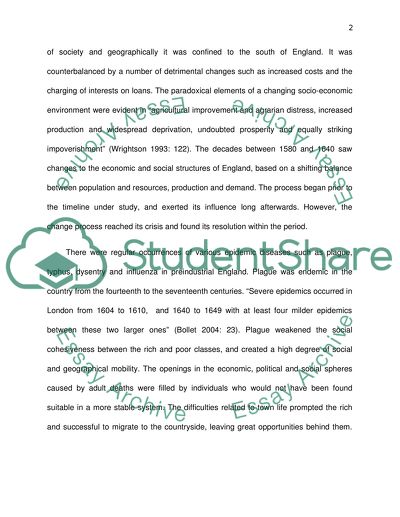Cite this document
(“The Extent To Which The Economy And Population Of London Grew At The Essay”, n.d.)
Retrieved de https://studentshare.org/history/1392315-the-extent-to-which-the-economy-and-population-of-london-grew-at-the-expense-of-the-provinces-in-the-period-1580-1640
Retrieved de https://studentshare.org/history/1392315-the-extent-to-which-the-economy-and-population-of-london-grew-at-the-expense-of-the-provinces-in-the-period-1580-1640
(The Extent To Which The Economy And Population Of London Grew At The Essay)
https://studentshare.org/history/1392315-the-extent-to-which-the-economy-and-population-of-london-grew-at-the-expense-of-the-provinces-in-the-period-1580-1640.
https://studentshare.org/history/1392315-the-extent-to-which-the-economy-and-population-of-london-grew-at-the-expense-of-the-provinces-in-the-period-1580-1640.
“The Extent To Which The Economy And Population Of London Grew At The Essay”, n.d. https://studentshare.org/history/1392315-the-extent-to-which-the-economy-and-population-of-london-grew-at-the-expense-of-the-provinces-in-the-period-1580-1640.


